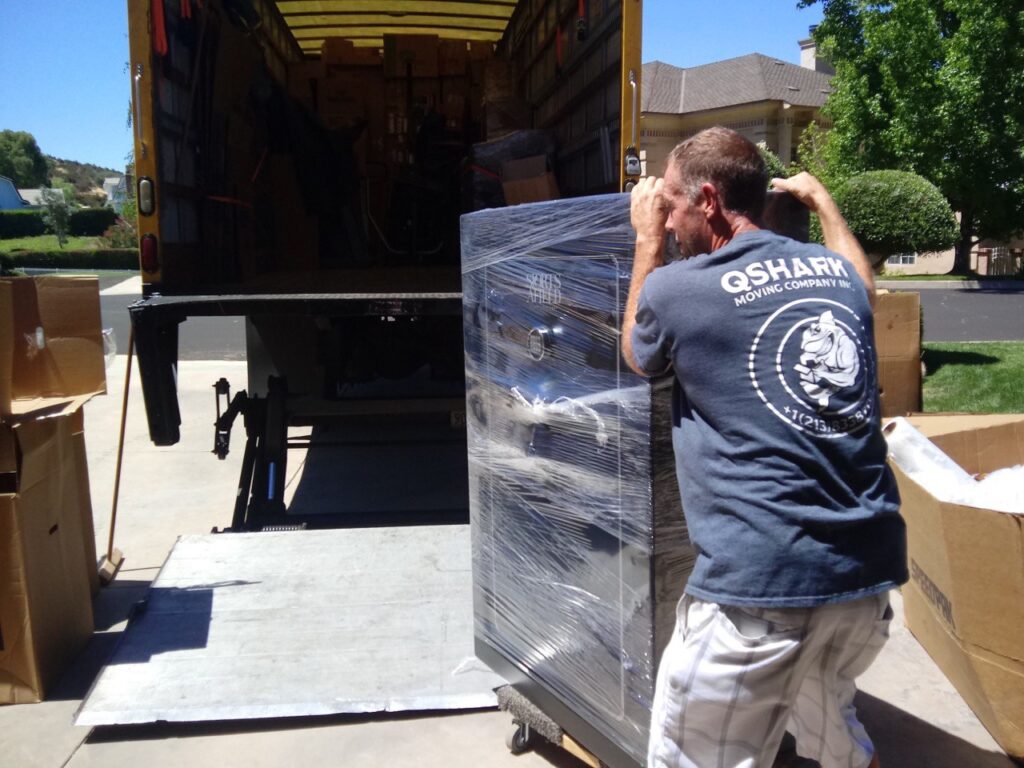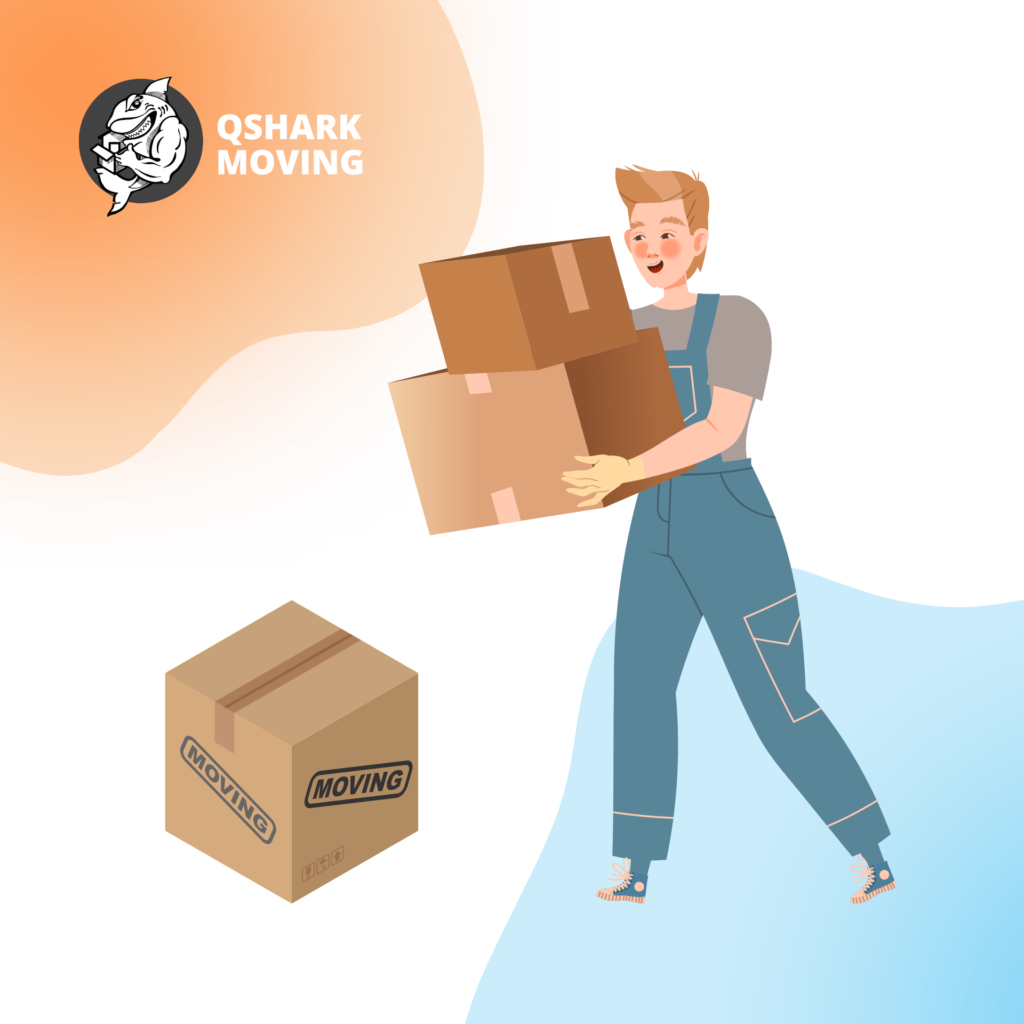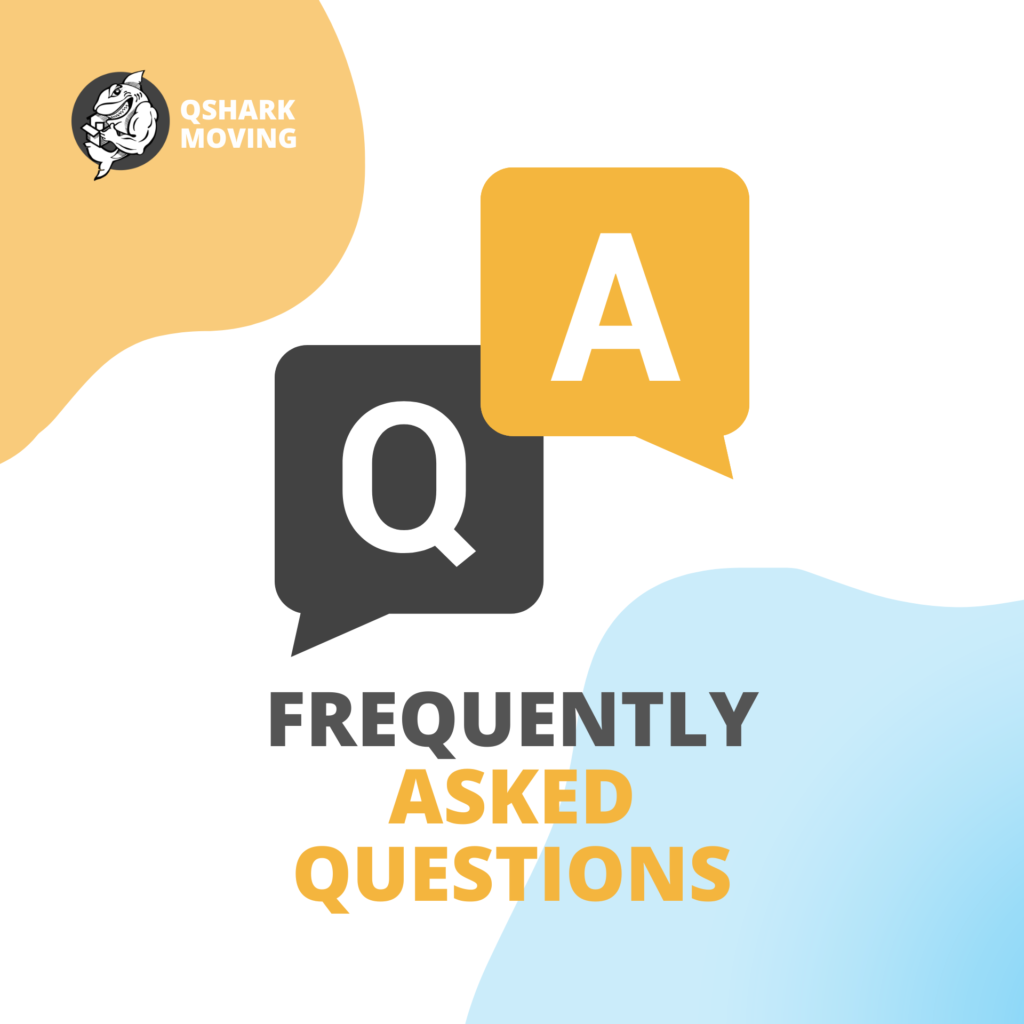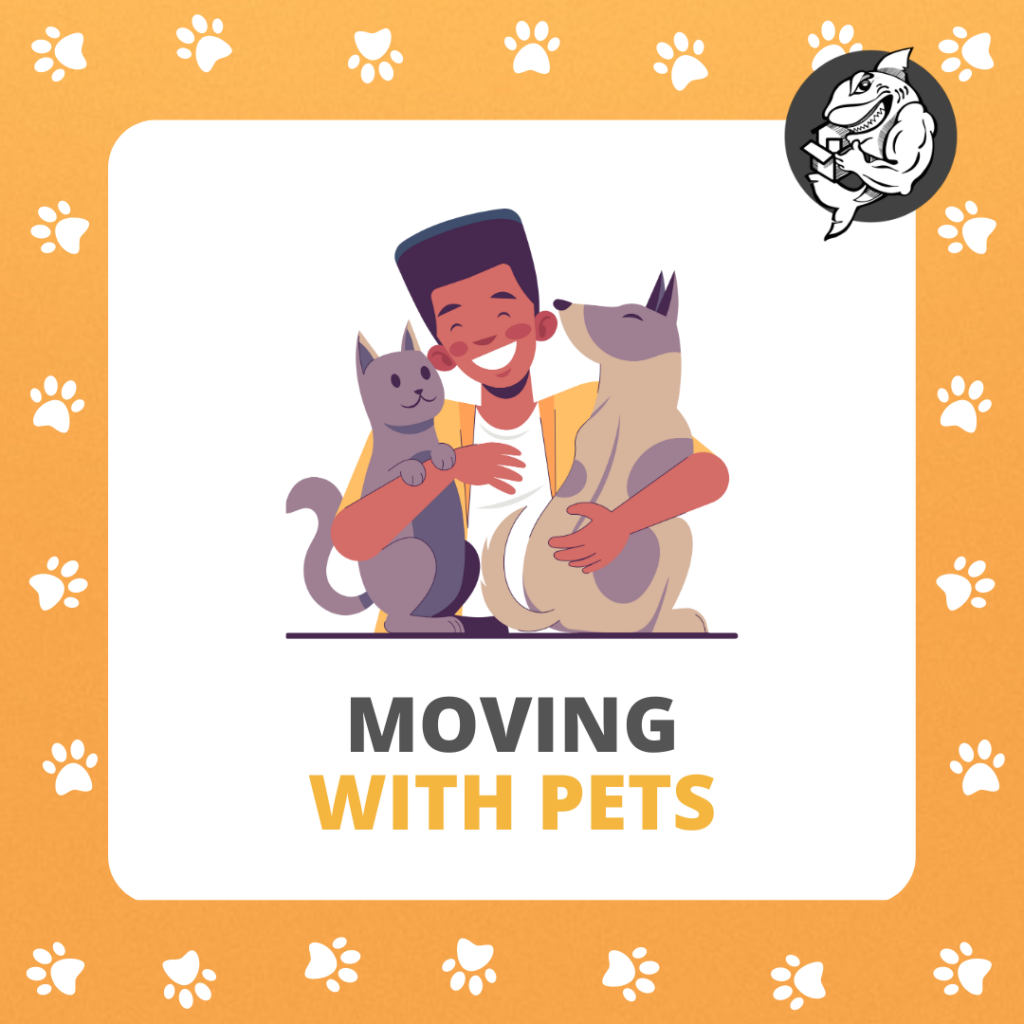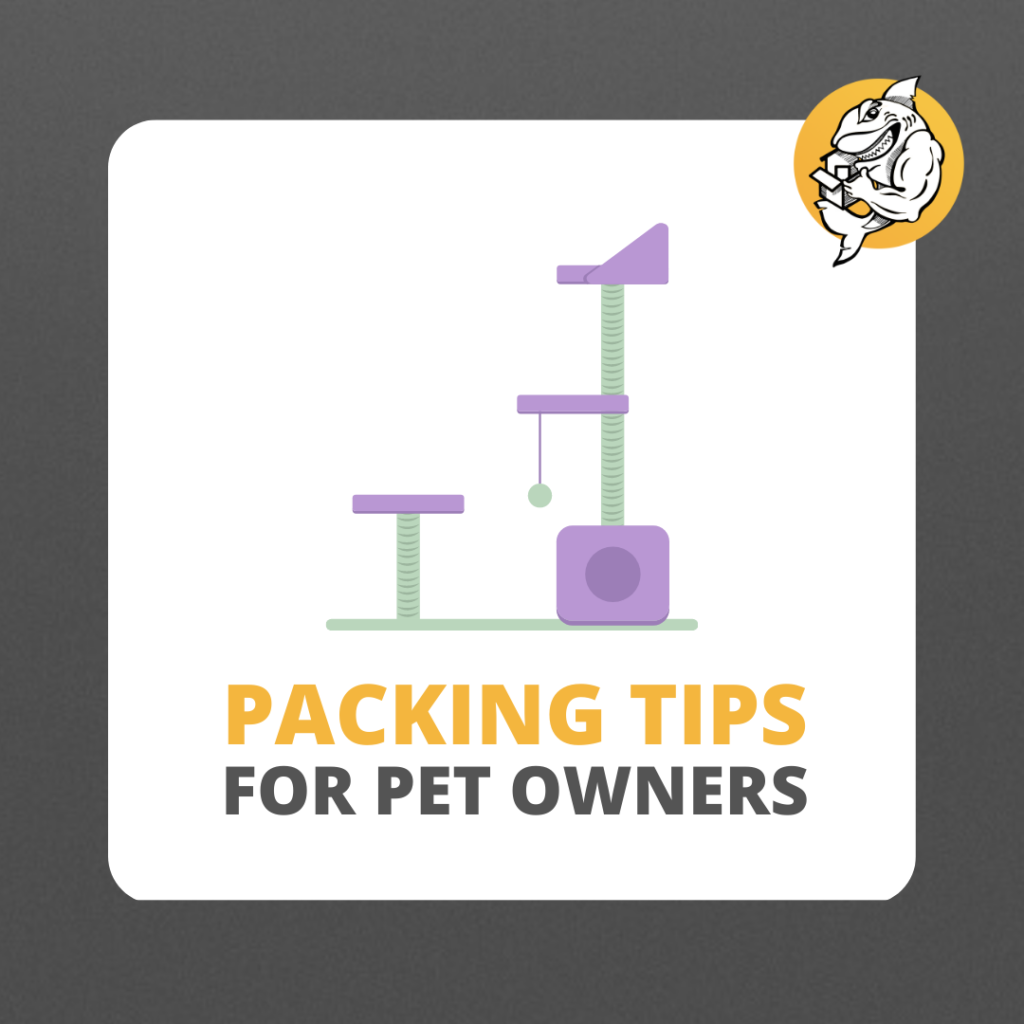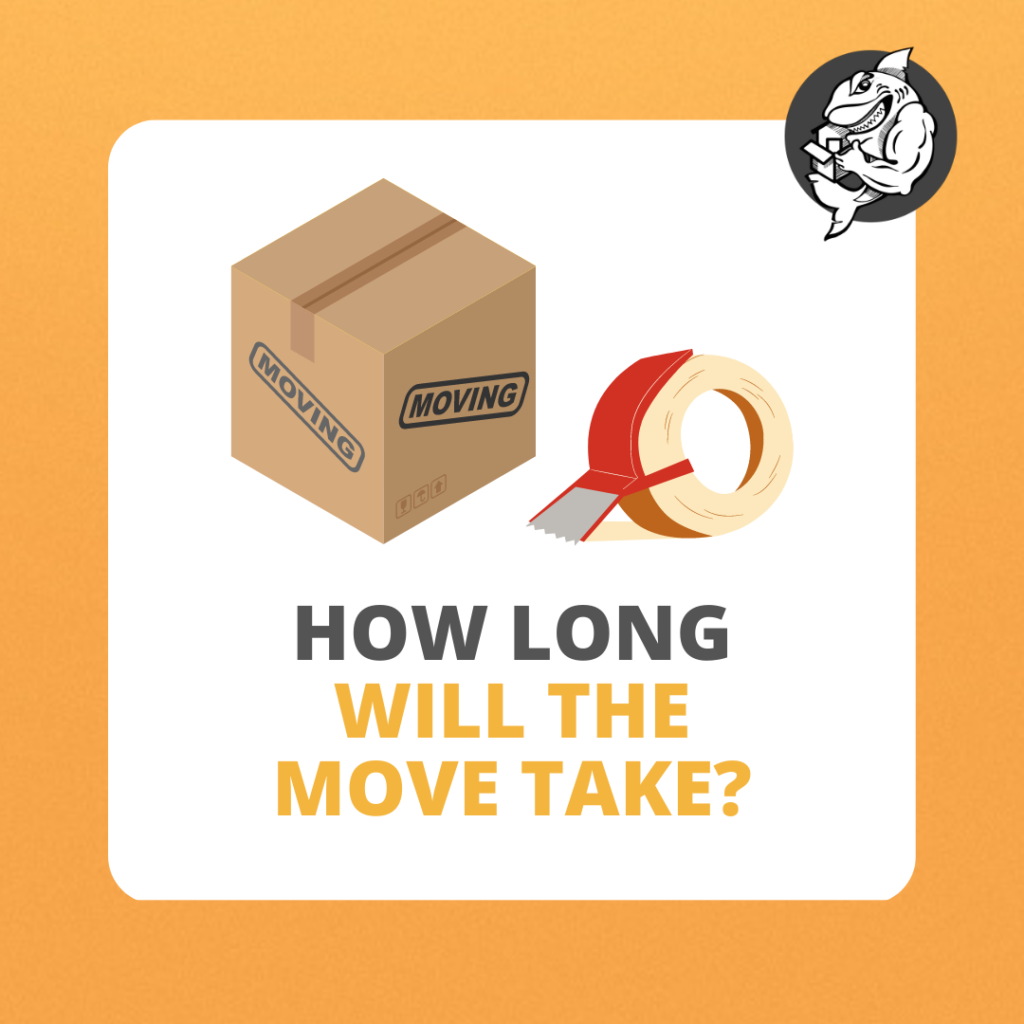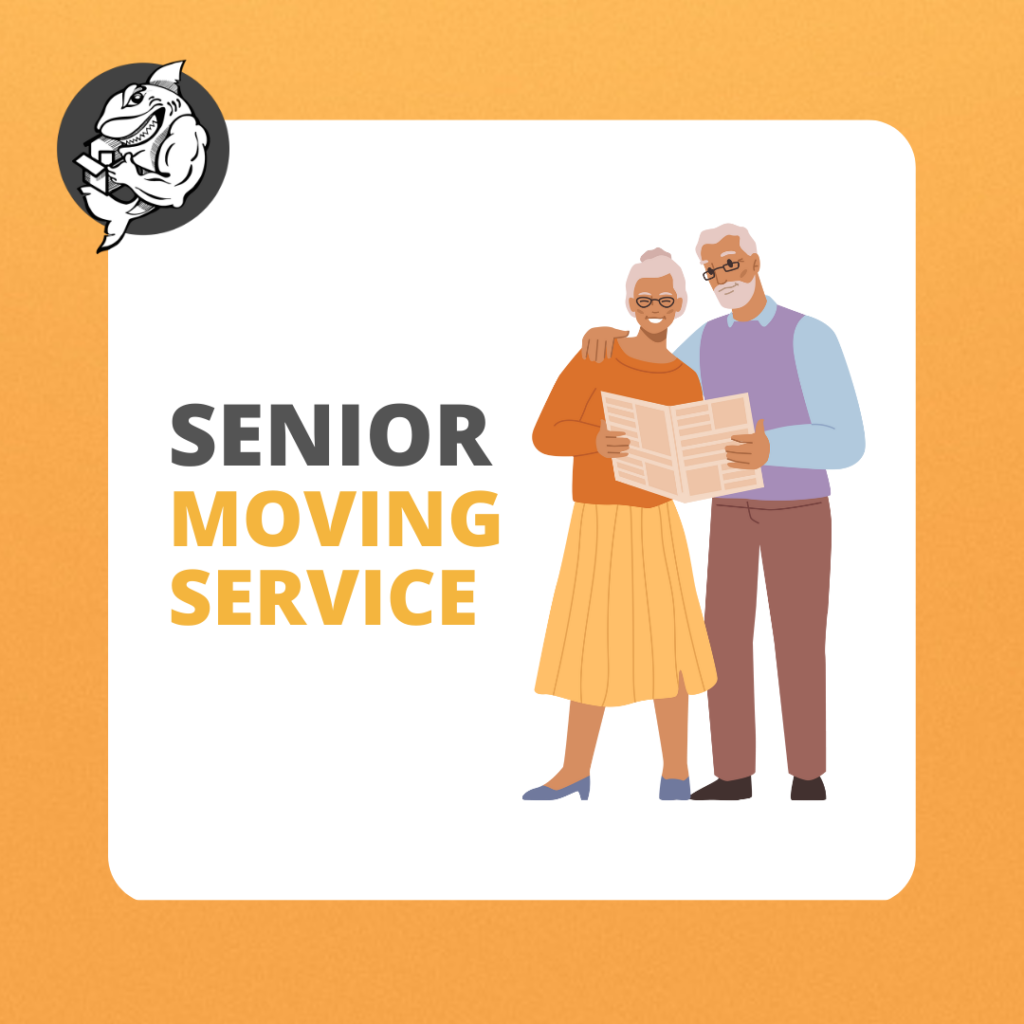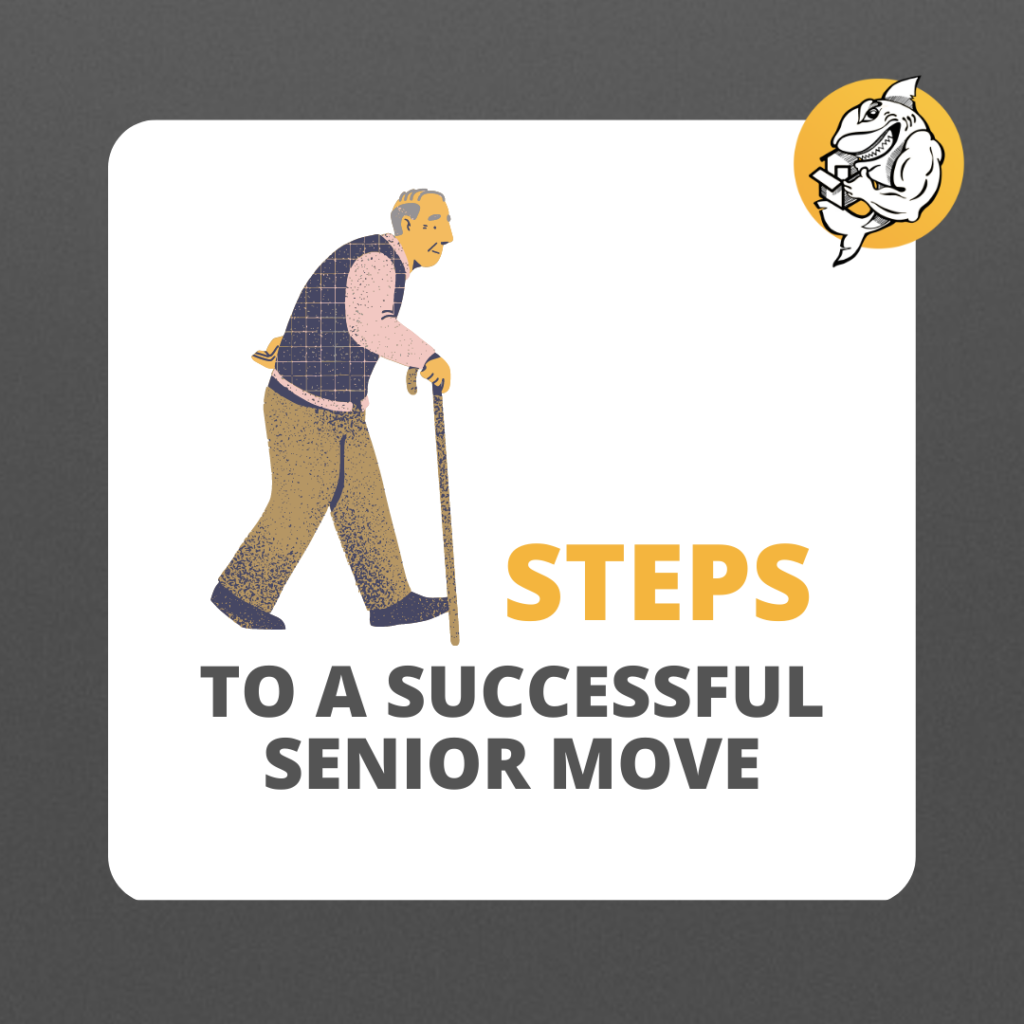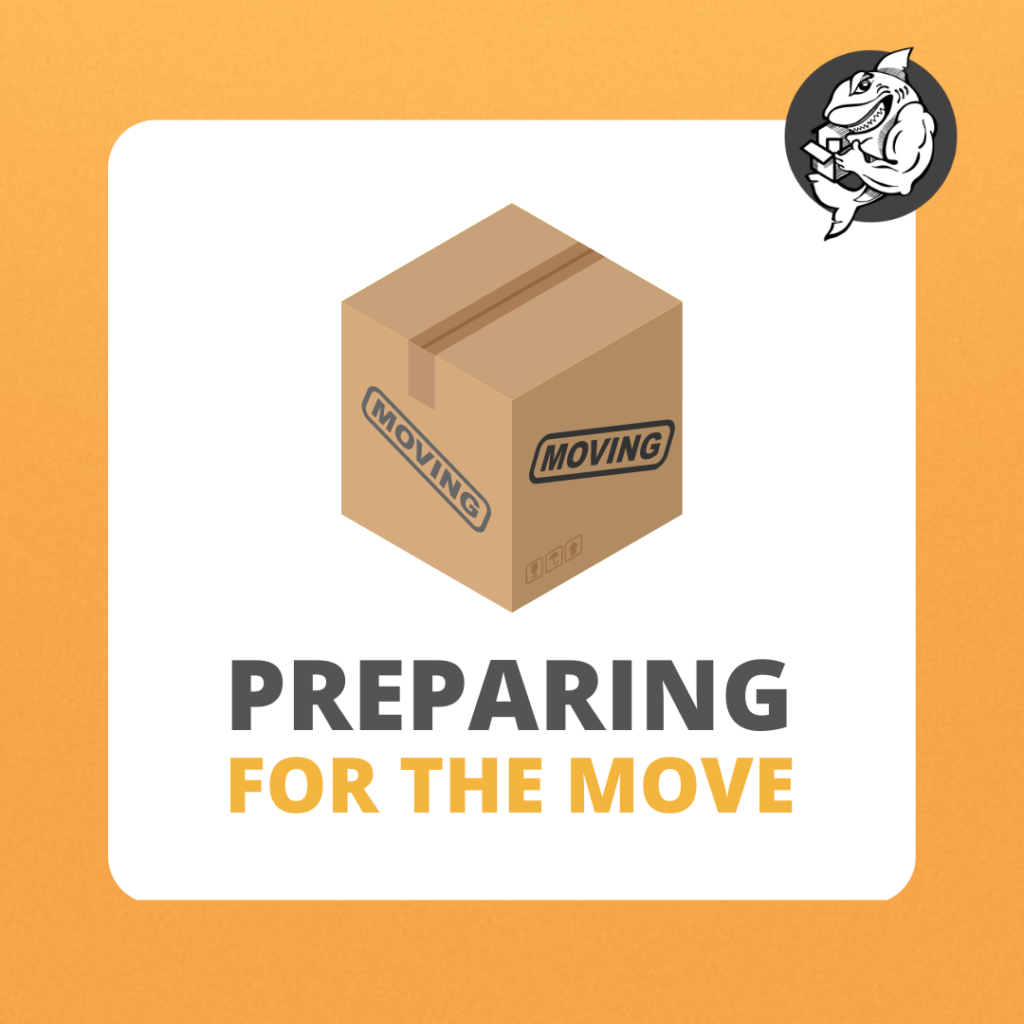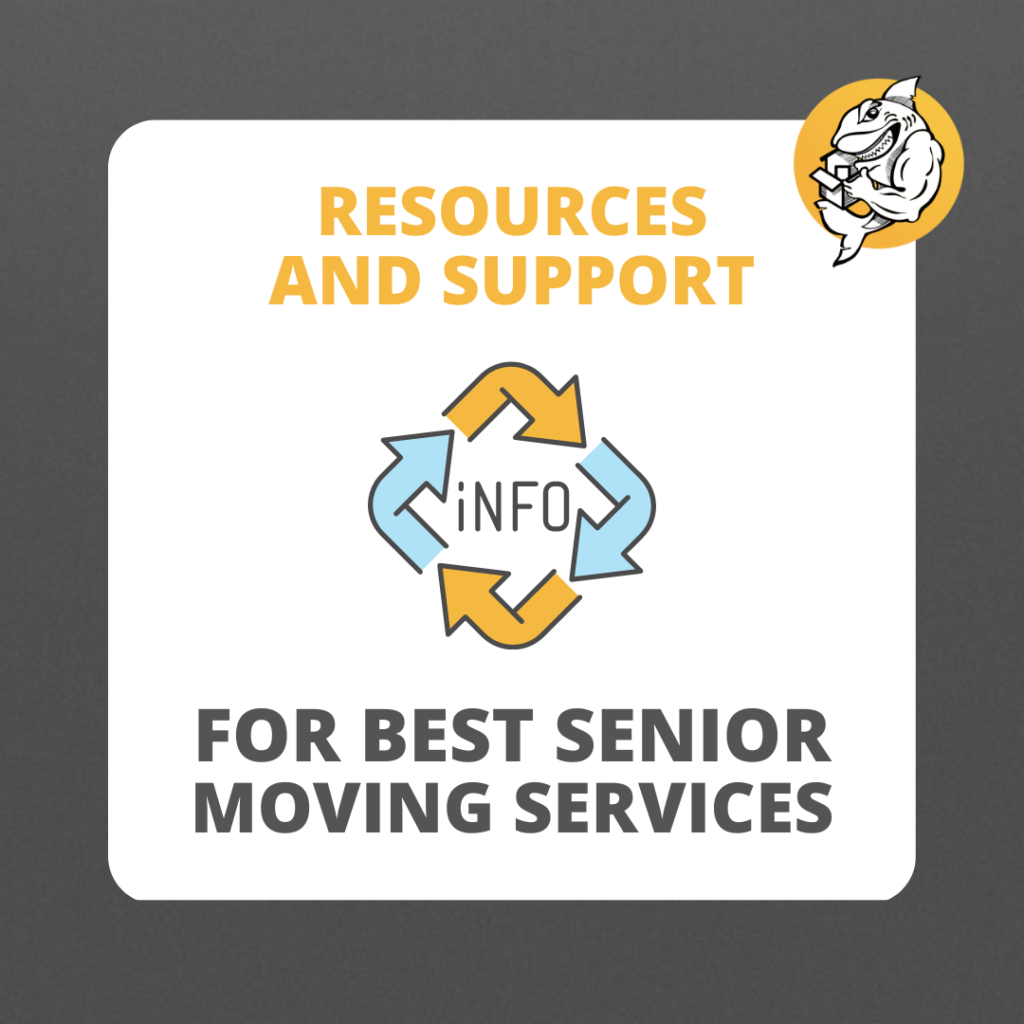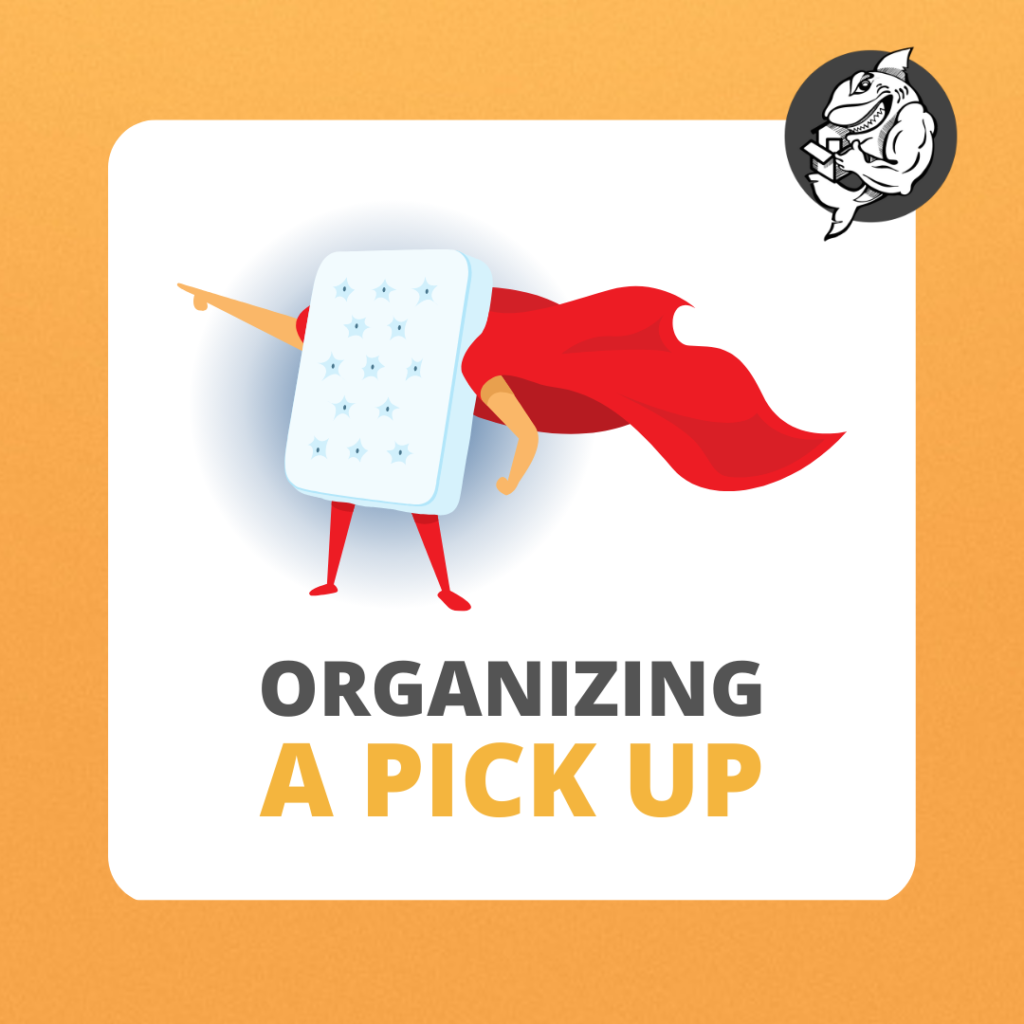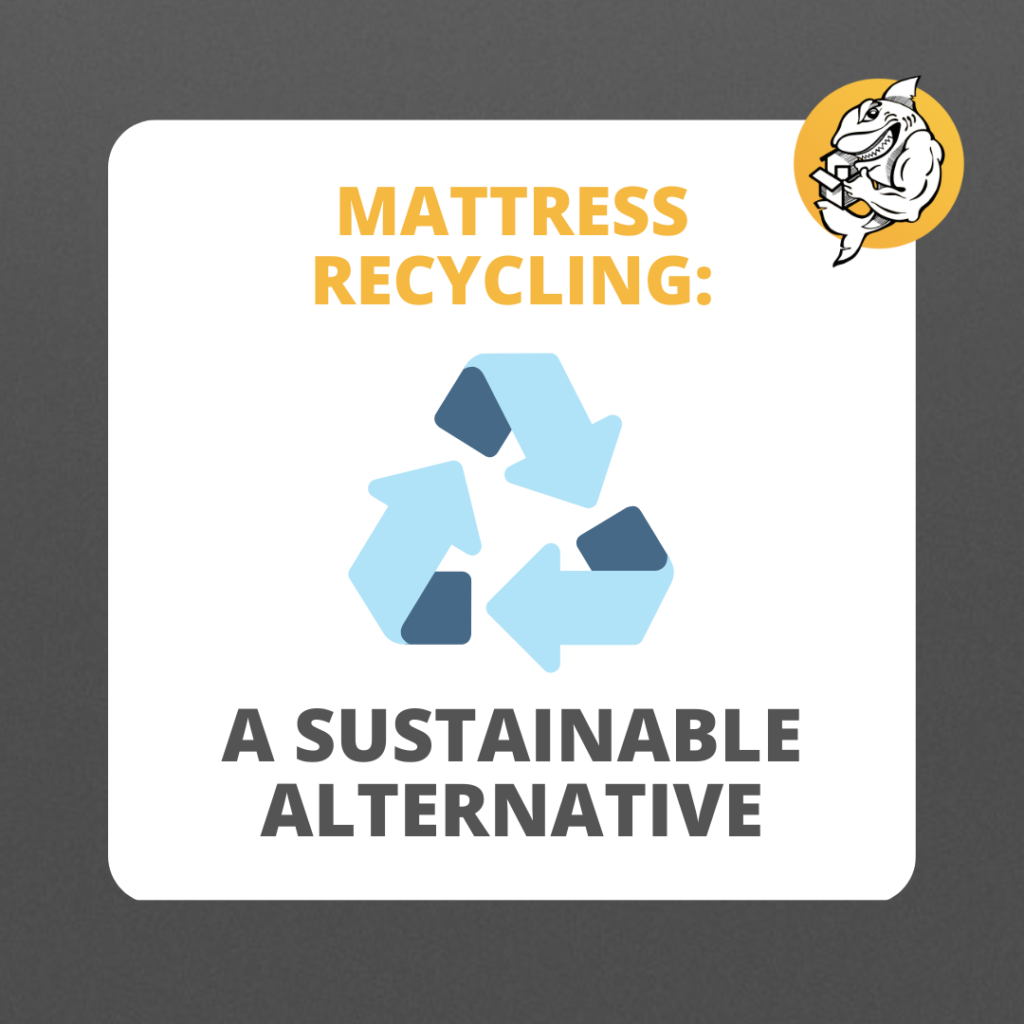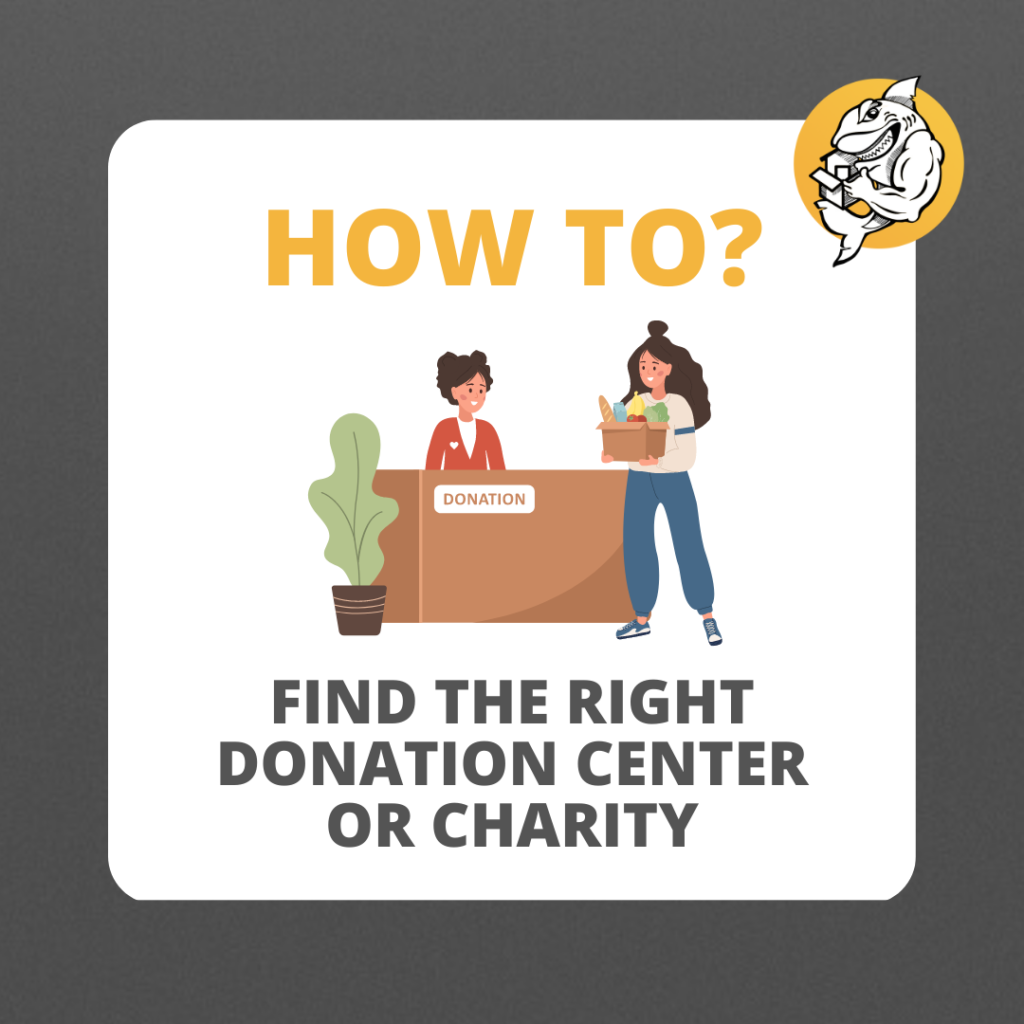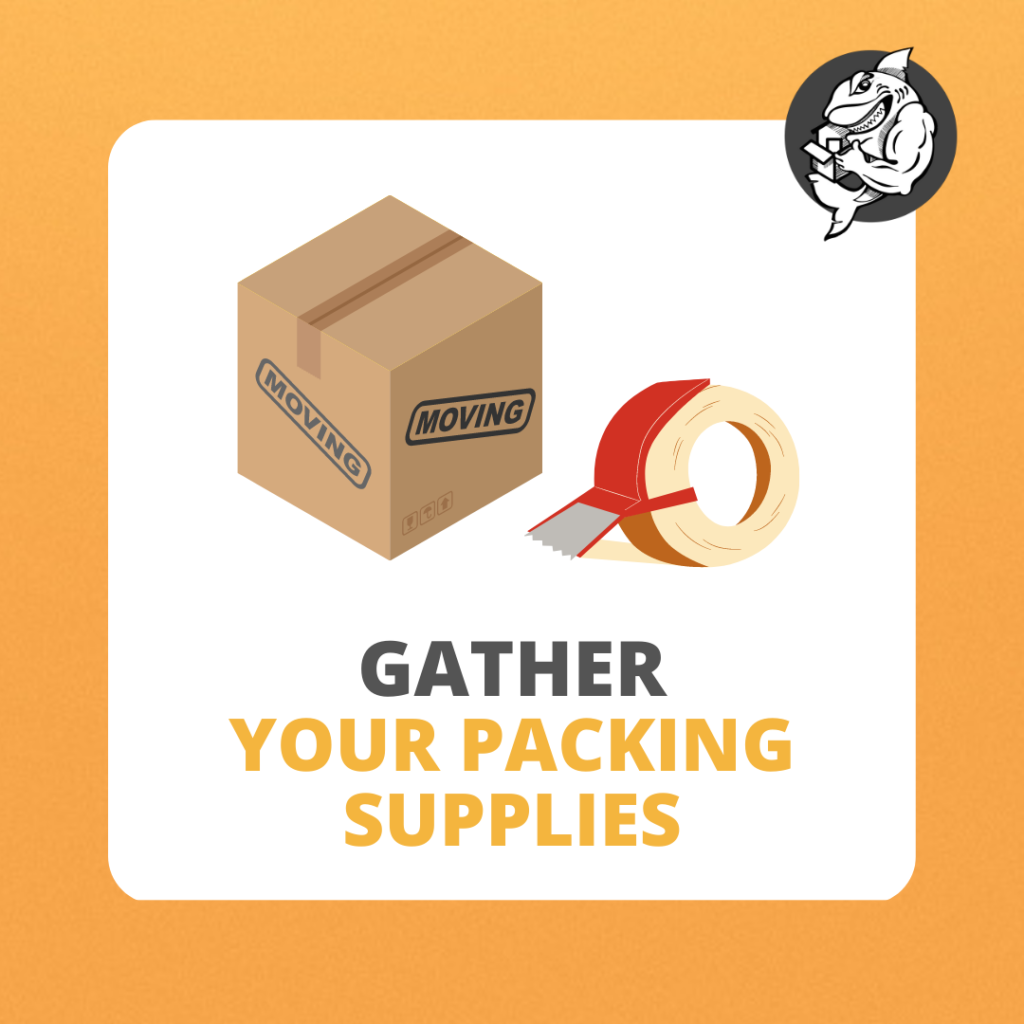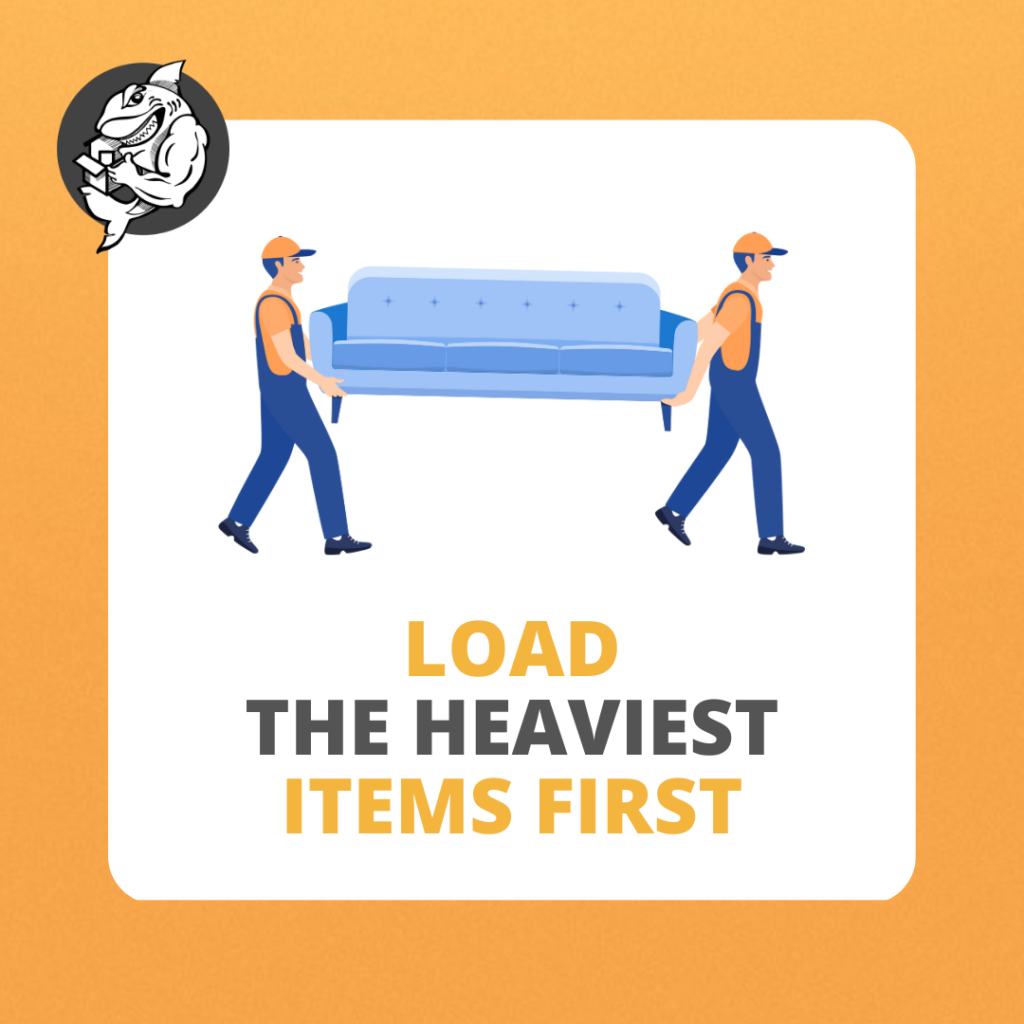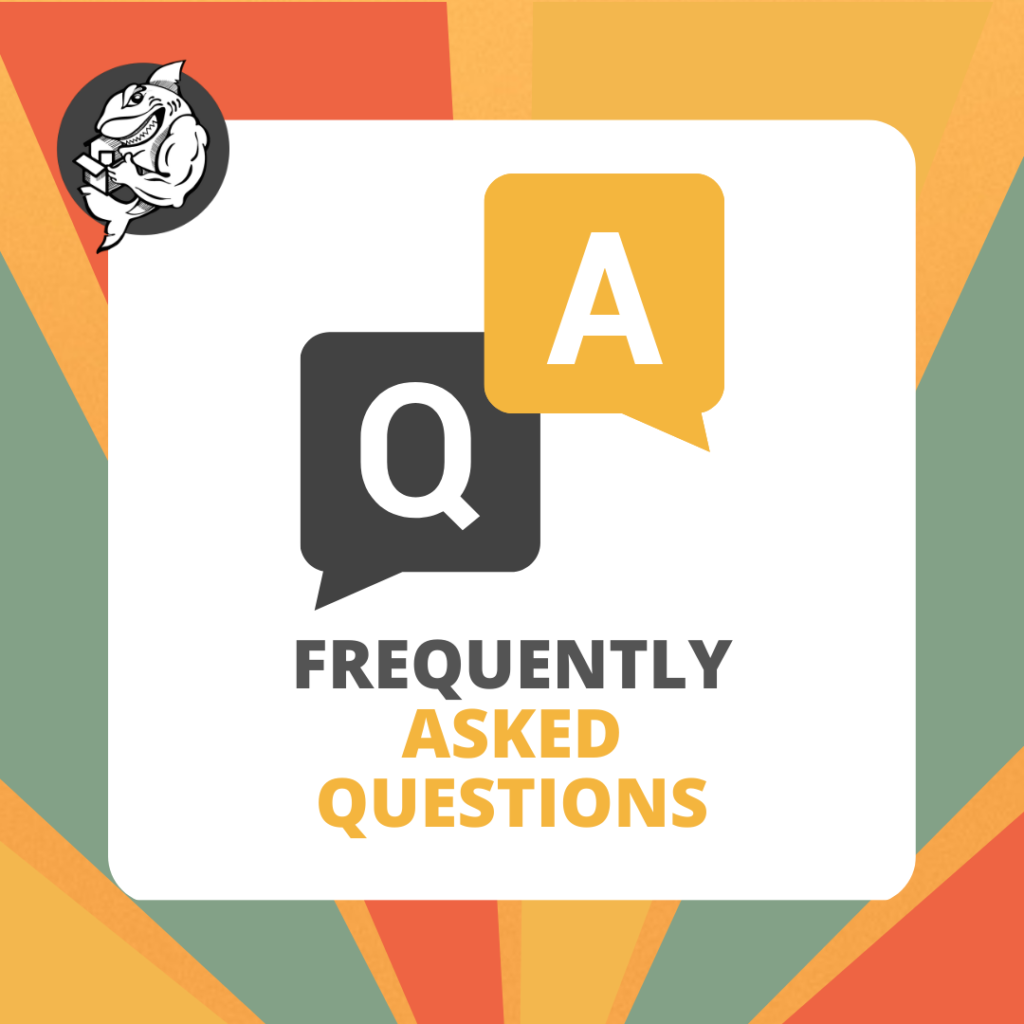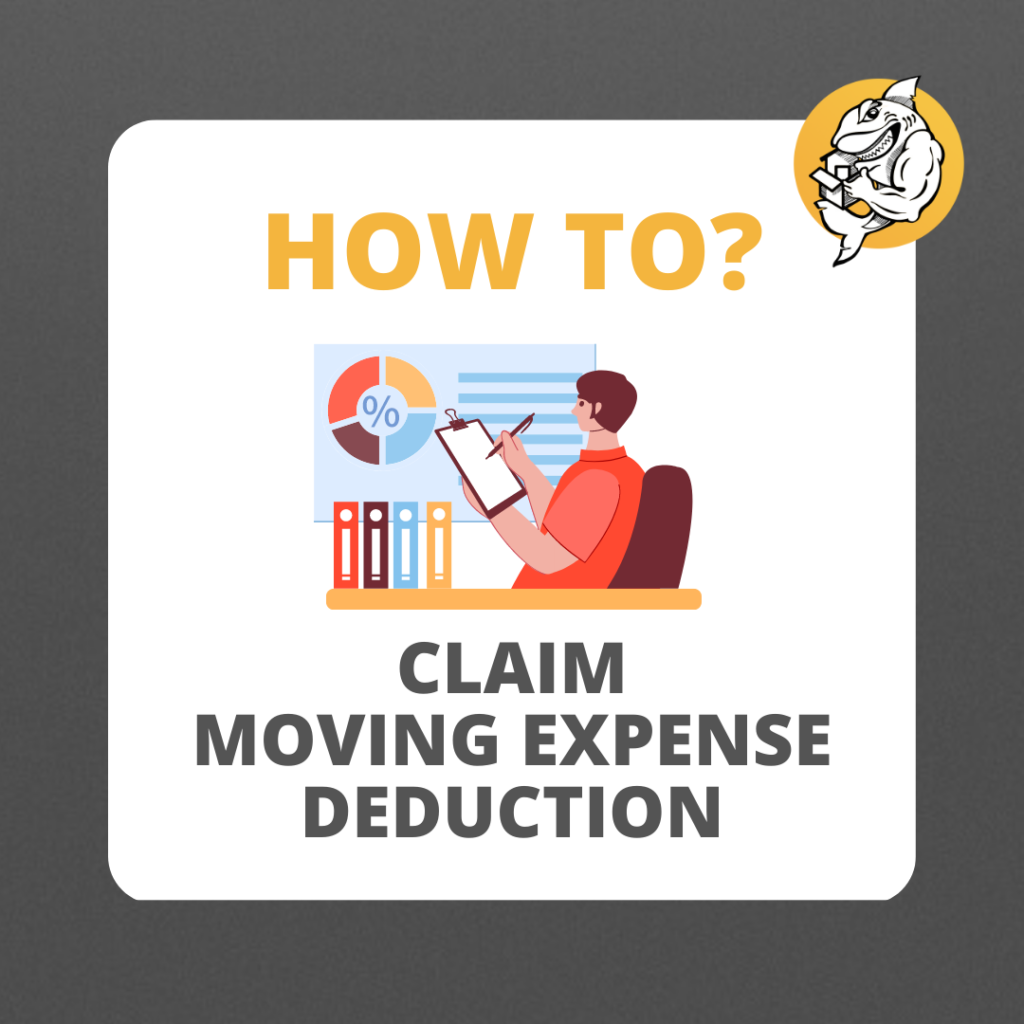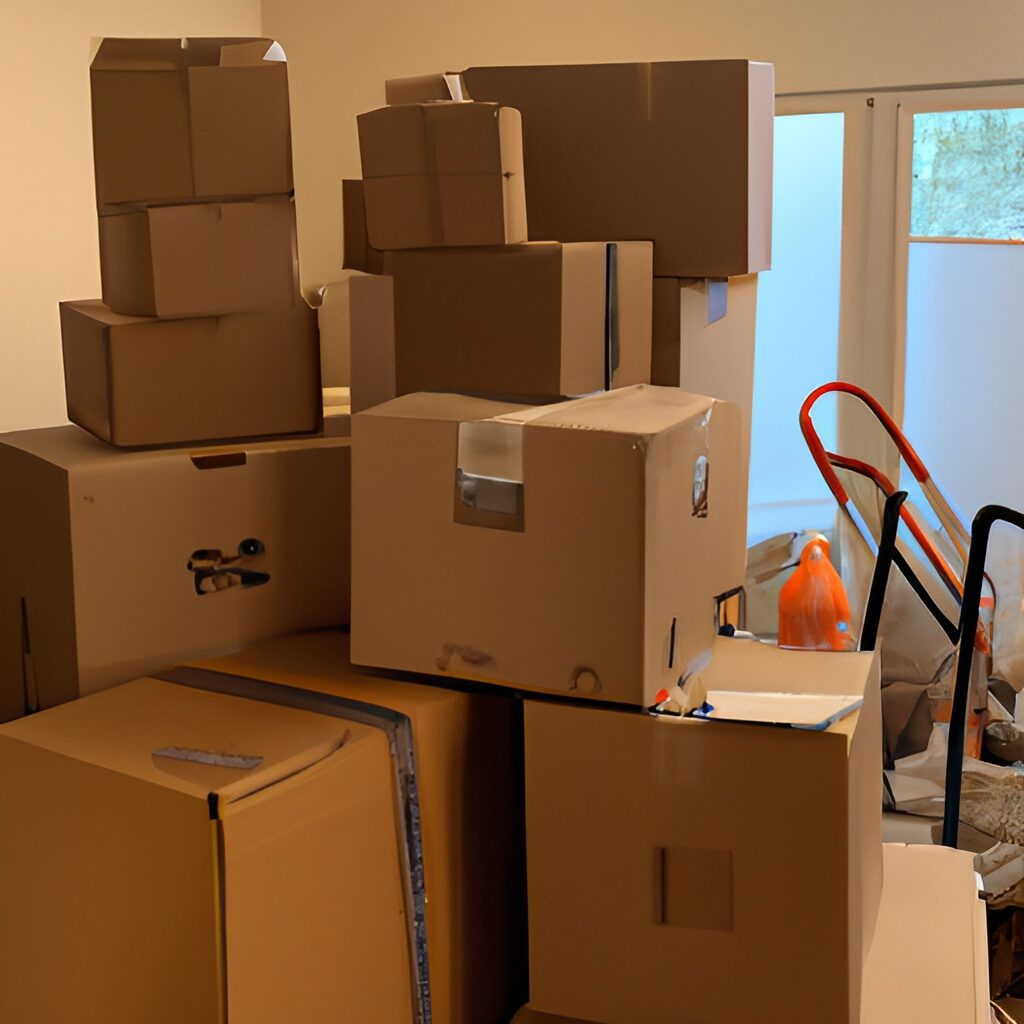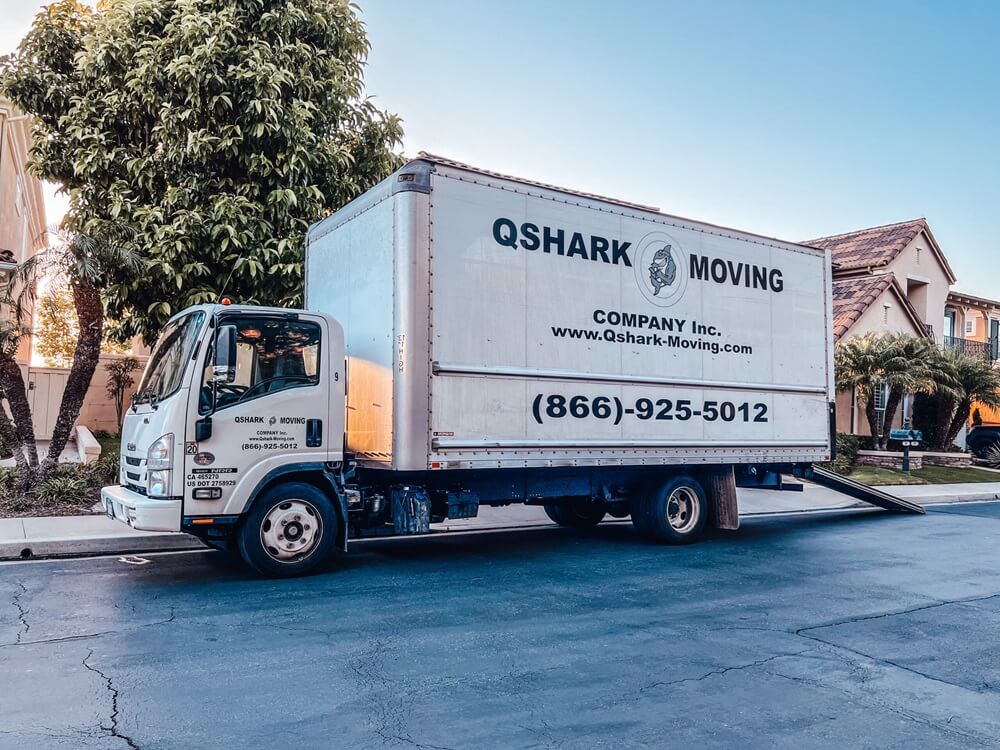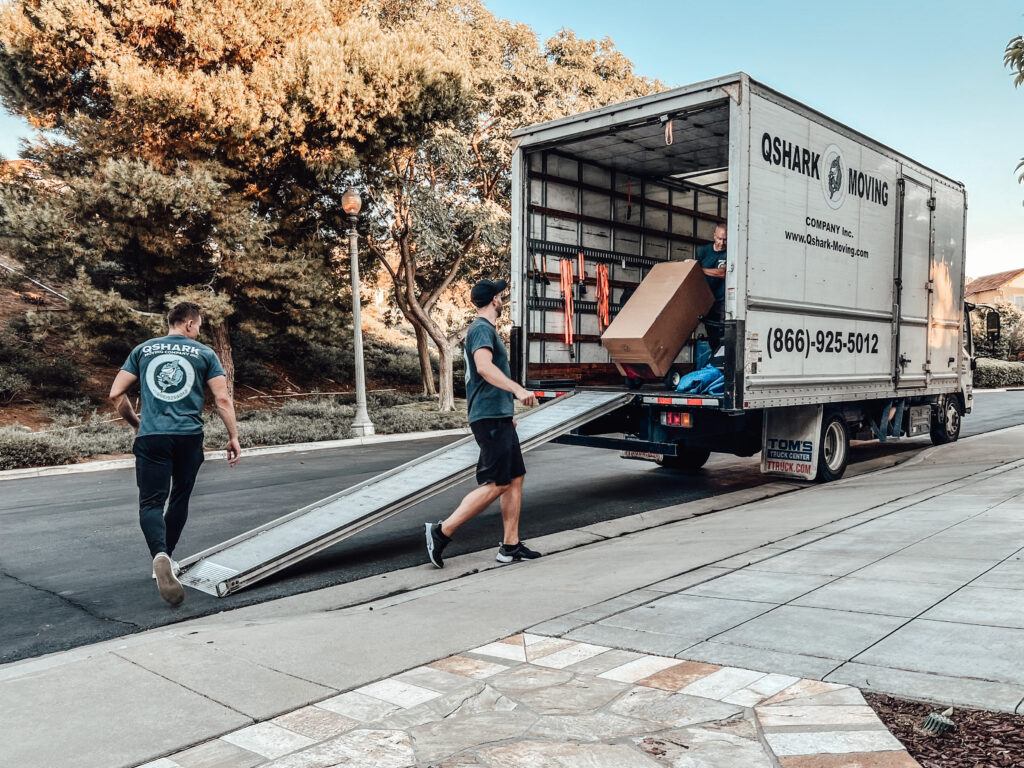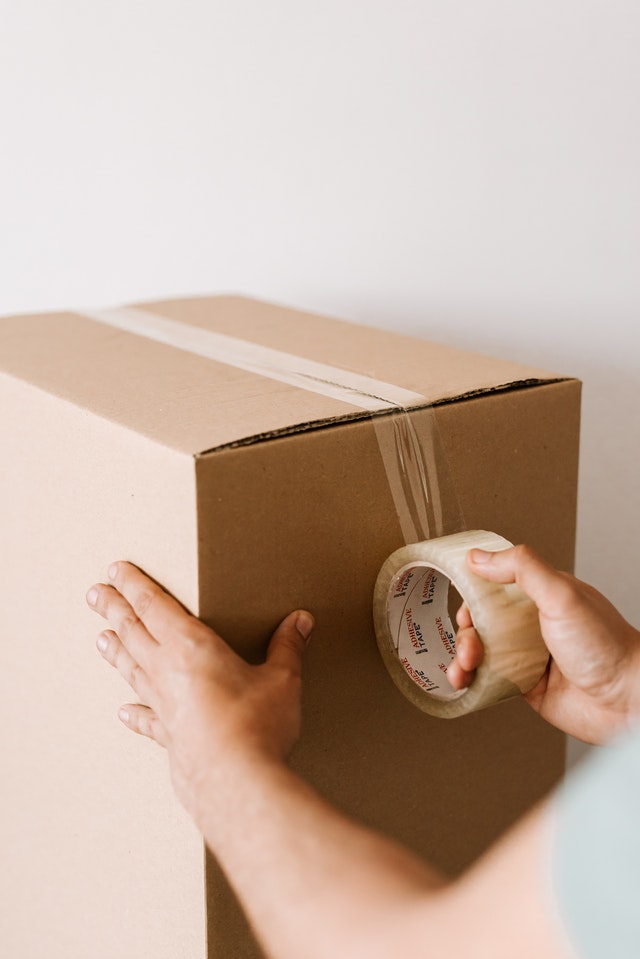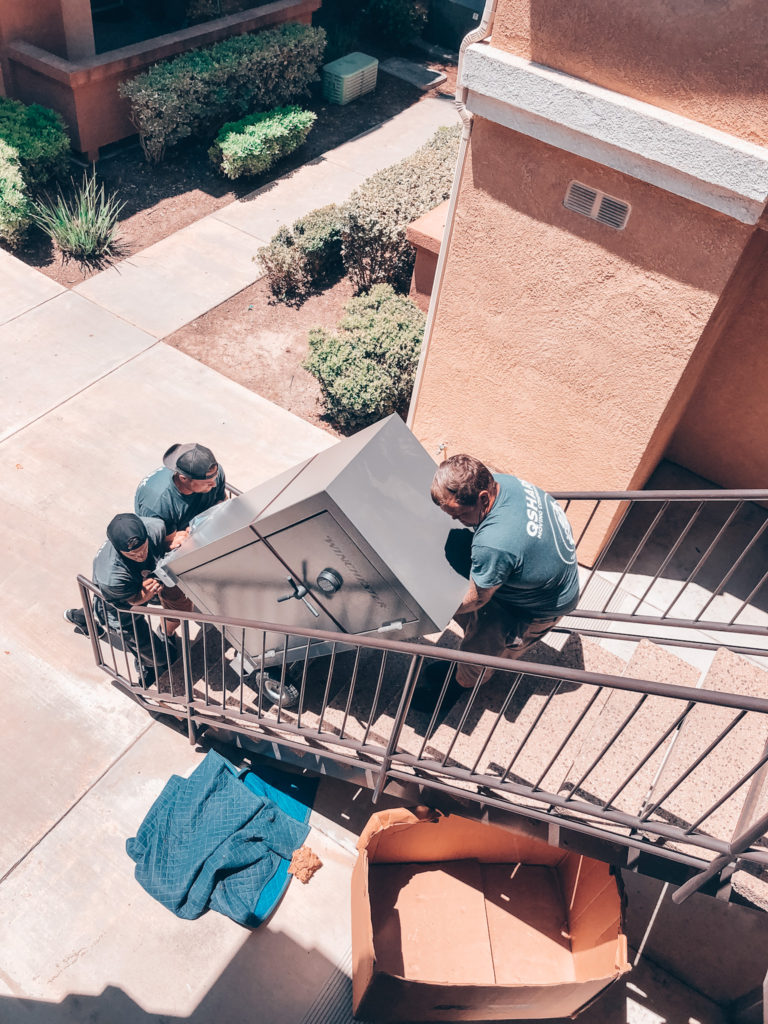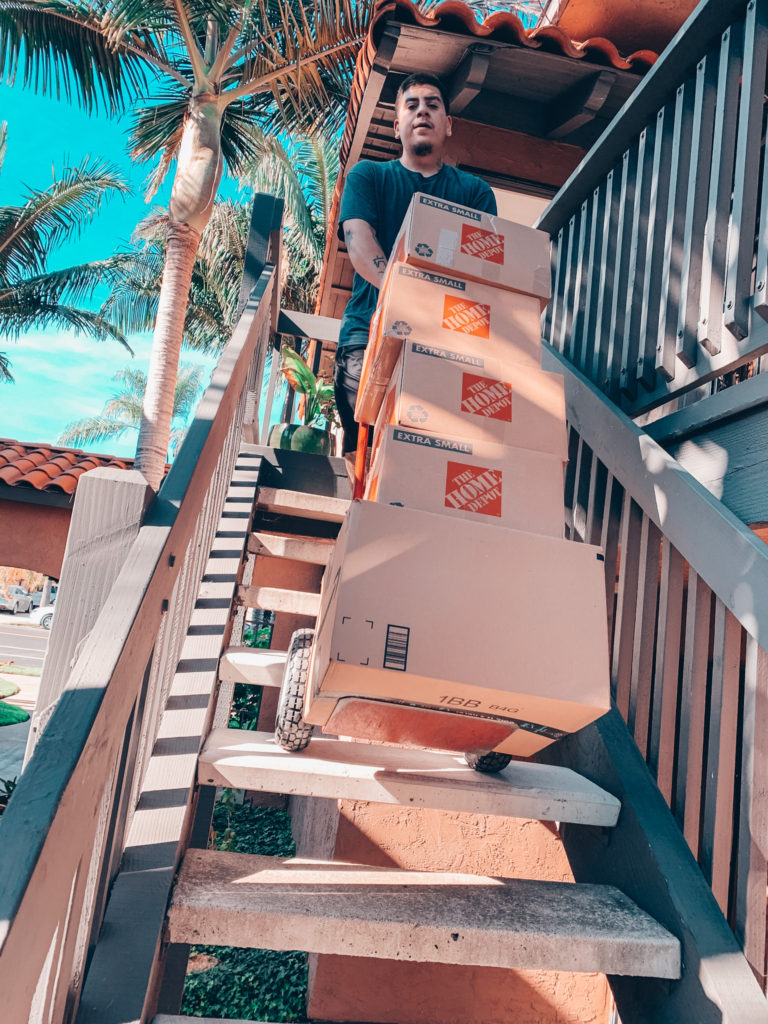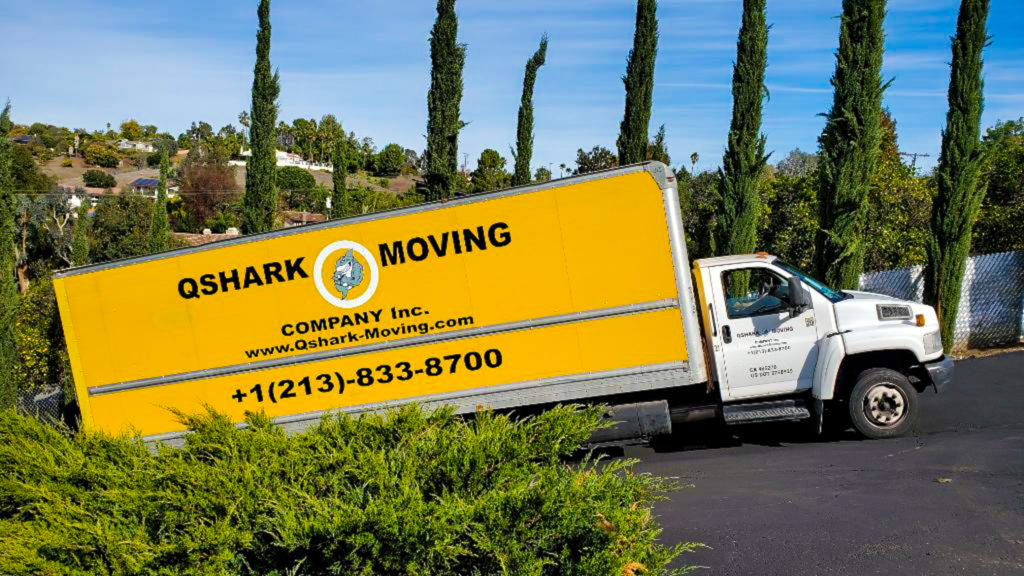How Do Movers Work?


Moving can be daunting, but with the right team on your side, it doesn’t have to be. The question that often comes up is, “How do movers work?” At QShark Moving Company, we’re here to shed light on this topic. As professional movers with locations in San Diego, Orange County, and Rancho Cucamonga, we have refined our process to ensure a smooth and efficient move for all our clients.
The Initial Consultation
Every successful move begins with an initial consultation. At QShark Moving, we conduct a thorough assessment of your moving needs. This includes determining the volume and type of items to be moved, any special requirements, and the moving distance. This assessment allows us to provide an accurate quote and tailor our moving services to meet your needs.
Preparing for the Move
Once the initial consultation is complete, we move on to the preparation phase. This involves a range of tasks, such as organizing and packing items. As one of the top movers in the industry, we offer comprehensive packing services. Our team is trained in packing various items, from clothes and kitchenware to delicate items like pianos, with our specialized piano moving service.
The Moving Day
Our team arrives at your location ready to work on a moving day. We handle everything from loading your items into the moving truck to transporting them to your new location. Our team of local movers and long-distance movers are skilled in loading and unloading items with care, ensuring their safety throughout the move.
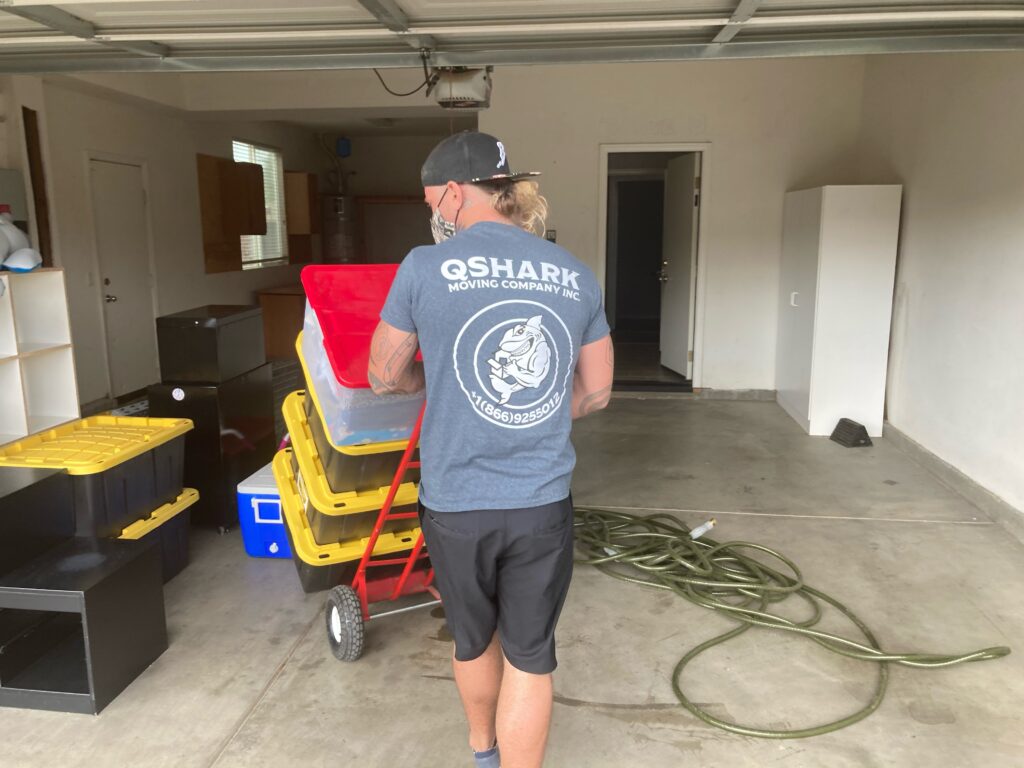

Unpacking at Your New Location
Upon arrival at your new home, we don’t just leave you to deal with the unpacking process alone. If you’ve opted for our unpacking service, our team will help you settle in by unpacking your items and arranging them as per your instructions. This is just another reason why we’re considered among the best movers in the region.
Post-Move Services
At QShark Moving, we understand that the moving process doesn’t end when the last box is unloaded. That’s why we offer post-move services such as disposing of packing materials and finally reviewing the move. This comprehensive approach to moving sets us apart as a leading moving company.
In conclusion, understanding how movers work can make the moving process less stressful. By partnering with a reliable and experienced moving company like QShark Moving, you can be confident that your move will be handled with the utmost care and professionalism. Whether you’re planning a local move, long-distance move, or require specialized services like office moving or piano moving, trust QShark Moving to deliver exceptional service from start to finish.
Specialized Services
In addition to our standard moving services, at QShark Moving, we also offer a range of specialized services to cater to your unique moving needs. Our office moving service ensures a seamless transition for businesses planning relocation with minimal disruption to your operations.
For those with heavy or delicate items such as pianos, our piano moving service offers the expertise needed to transport these items safely. We also offer day labor for clients who need additional assistance with their moving tasks.
Long Distance Moves
For clients making a long-distance move, our dedicated team of long-distance movers is here to ensure your move goes smoothly. We have the resources and experience necessary to handle the logistics of long-distance moves, ensuring your belongings reach your new home safely and on time.
Our Commitment to Quality
At QShark Moving, our commitment to quality sets us apart from other moving companies. We believe every move, regardless of size or distance, deserves the highest care and professionalism. That’s why we invest in training our team to provide the best moving service possible.
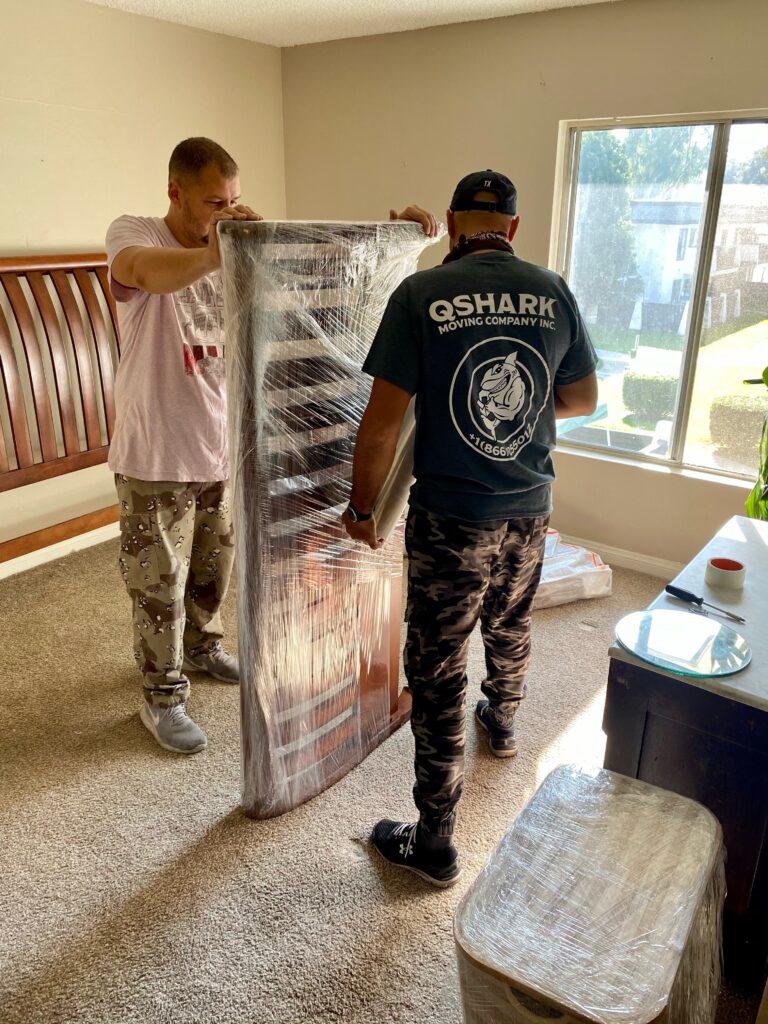

Conclusion
So, how do movers work? The answer can vary depending on the company, but at QShark Moving, our process is designed to make your move as stress-free as possible. From the initial consultation to the post-move review, we’re with you every step of the way, ensuring your belongings are handled with care and your move is completed to your satisfaction. Whether you’re planning a local or long-distance move, trust QShark Moving, the top movers in the industry, for a seamless and successful move.
The QShark Moving Advantage
As one of the best movers in the region, QShark Moving offers a number of advantages that truly set us apart.
- Experience and Expertise: With years of experience, we’ve handled all types of moves – local, long-distance, residential, and commercial. Our team is trained to handle different types of items, ensuring they are packed and transported safely.
- Comprehensive Services: We offer a full range of services to cover all your moving needs, from packing and moving to specialized services like piano moving and office relocation.
- Customer Focus: The key to a successful move is understanding and meeting our customers’ needs. That’s why we offer tailored moving solutions and maintain clear communication from start to finish.
Your Moving Journey with QShark Moving
So, what can you expect when you choose to move with QShark Moving?
- Consultation: We start by understanding your needs and developing a tailored moving plan.
- Preparation: Our team gets to work packing your items with care, using quality packing materials and techniques.
- Moving Day: We handle all the heavy lifting, loading your items onto our truck and transporting them to your new location, whether it’s in San Diego, Orange County, or beyond.
- Unpacking: We assist with unpacking at your new location, setting up your items as per your instructions.
- Post-Move Services: After the move, we assist with disposing of packing materials and offer a post-move review to ensure your complete satisfaction.
In conclusion, the question “How do movers work?” has a simple answer when you choose QShark Moving – with efficiency, care, and a commitment to customer satisfaction. Whether you’re moving locally or planning a long-distance move, trust QShark Moving to provide a seamless, stress-free moving experience. Contact us today to start planning your move.




